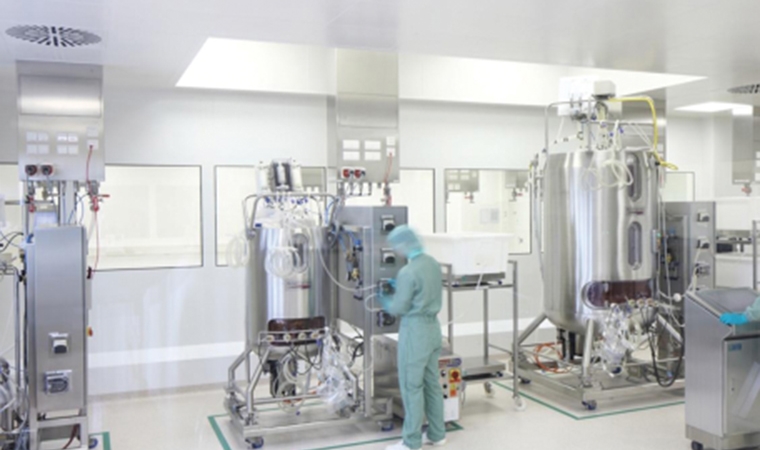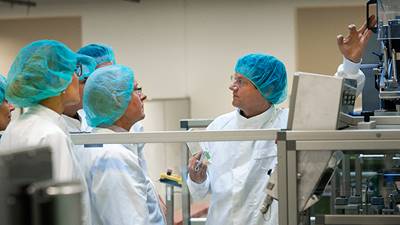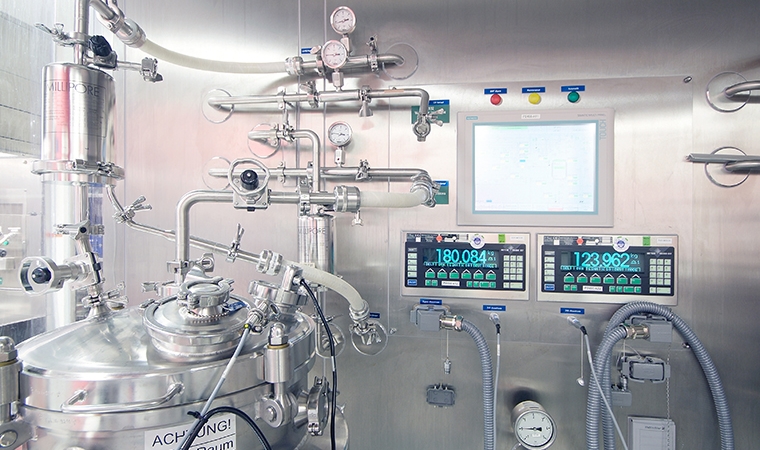Regulatory authorities want proof beyond testing data from sanitization and sterilization validation. Now the FDA is in your facility asking about microbial control of your process. What to do?
With today’s emphasis on the ability of manufacturing to provide adequate control over both microbial and endotoxin contamination, the design of the manufacturing process is an area of key focus for regulatory risk analysis. Of equal importance is the ability to provide proof of closure for every unit operation or adequate environmental room classification, necessary to minimize the risk of product contamination by potentially adventitious agents.
There is a clear trend in biomanufacturing facility design to close the process and rely less on a clean, classified environment. Novo Nordisk conducted a survey of 45 plants worldwide in 2015, finding that more facilities are designed with closed systems and as a result have lower room classifications. Additionally, cleanrooms in existing facilities are down-classified with risk-based analyses of system closure.
Having a closed system that is completely isolated from its external environment has the lowest risk of contamination, but some steps may require brief or prolonged exposure to the environment. Therefore, these steps must be executed in a room of adequate cleanliness or classification to protect the product. Re-designing the steps to decrease the risk of contamination (e.g. engineering controls) is also a possibility.
In a recent study, the BioPhorum Operations Group (BPOG) asked three questions to identify the process for executing this type of risk analysis.
1. Do you understand the process?
Understanding the process requires a detailed review of the Process Flow Diagrams (PFDs) and identification of the key unit operations. The key focus must be on process transfers in and out of the system. There are three parts to a closed system:
- The equipment assembly (e.g. bioreactor, vessel, filtration system, chromatography systems, etc.)
- The streams in and out of the system (e.g. compress air, exhaust, media and buffers, etc.)
- The connections and disconnections to the system (e.g. valve, double-block, valve-ring, single-use connectors and dis-connectors, etc.)
The goal is to demonstrate the risk mitigation for each part to ensure that the system operates in a closed manner.
2. What is the process state and requirements?
Not all processes are created equal. Therefore, what is the controlling definition of the process?
- "Closed systems" are designed and operated to isolate the product so it is never exposed to the environment. Additions to, and effluents from, closed systems must be performed in a completely closed fashion. Transfers into or from these systems must be validated as closed.
- "Functionally closed systems" are opened between processing operations. However they are “rendered closed” by a cleaning, sanitization or sterilization process that is consistent with the process requirements. This is the case whether they are sterile, aseptic or low bioburden.
- "Briefly exposed operations" are open processes containing process materials and/or product intermediates. These open processes are rendered closed by means of an appropriate closing process. Definition and validation of the “pre-closure” incubation phase is critical.
To define the process, you must compare your process unit operations with the definition and define a rating. The “closure rating” is a form of risk assessment which considers the closure scale (CS), bioburden control requirement or process requirement (PR) and calculates a risk rating (CS x PR = RR) for the unit operation. If the risk rating is calculated to be moderate or high, then you must specify an appropriate level of control measure for the system.
3. Is the process adequately closed?
Once the risk rating is identified, a Fault Tree Analysis is carried out to determine if the unit operation is adequately closed in a suitable environment. If not, enhanced design features may need to be implemented, or alternatively it may need to be placed in a higher level of a classified environment.
The FTA focuses on:
- The effective isolation of the connections
- The consistency of process requirements
- The adequacy of downstream controls
Finally, the expectation of this type of closure risk analysis is that there is documented evidence of the process and the equipment, and an in-depth understanding of the environment concerning microbial controls and the rationale for its current design and use.
Source: “Benchmarking for Biologics API Manufacturing”, April 2015.


